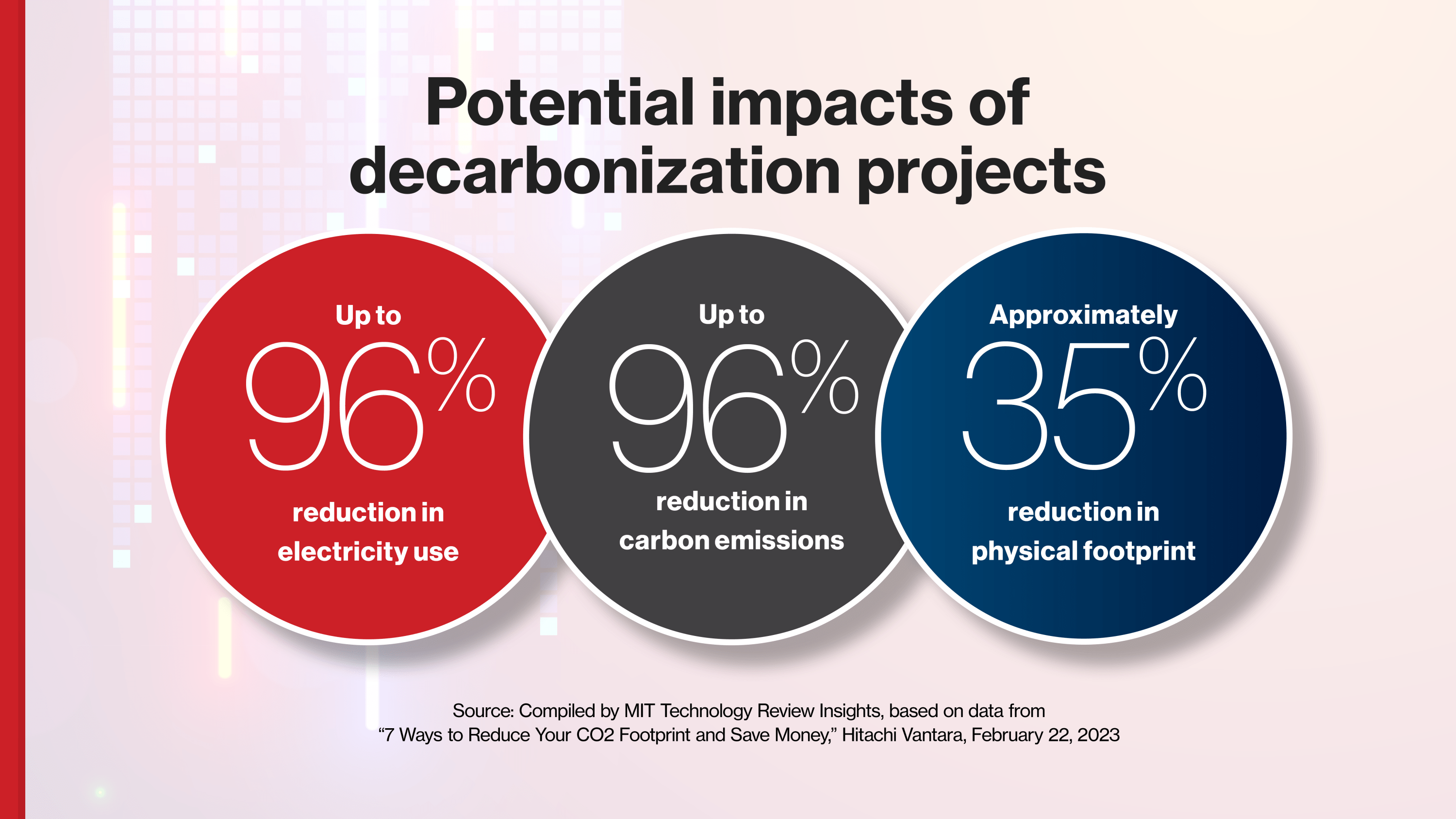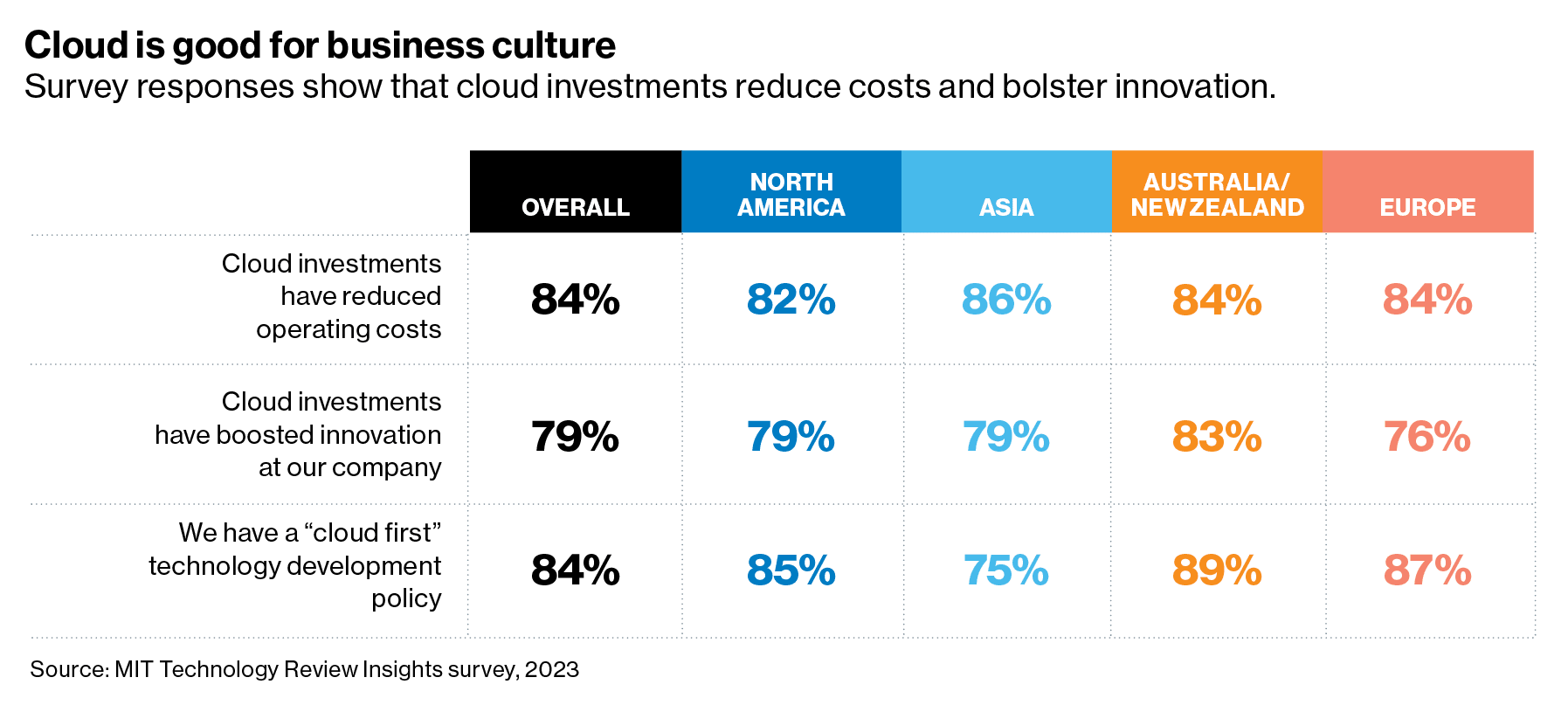This Chinese city wants to be the Silicon Valley of chiplets
This story first appeared in China Report, MIT Technology Review’s newsletter about technology in China. Sign up to receive it in your inbox every Tuesday.
Last month, MIT Technology Review unveiled our pick for 10 Breakthrough Technologies of 2024. These are the technological advancements that we believe will change our lives today or sometime in the future. Among them, there is one that specifically matters to the Chinese tech sector: chiplets.
That’s what I wrote about in a new story today. Chiplets—the new chipmaking approach that breaks down chips into independent modules to reduce design costs and improve computing performance—can help China develop more powerful chips despite US government sanctions that prevent Chinese companies from importing certain key technologies.
Outside China, chiplets are one of the alternative routes that the semiconductor industry could take to improve chip performance cost-effectively. Instead of endlessly trying to cram more transistors into one chip, the chiplet approach proposes that the functions of a chip can be separated into several smaller devices, and each component could be easier to make than a powerful single-piece chip. Companies like Apple and Intel have already made commercial products this way.
But within China, the technology takes on a different level of significance. US sanctions mean that Chinese companies can’t purchase the most advanced chips or the equipment to make them, so they have to figure out how to maximize the technologies they have. And chiplets come in handy here: if the companies can make each chiplet to the most advanced level they are capable of and assemble these chiplets into a system, it can act as a substitute for more powerful cutting-edge chips.
The technology needed to make chiplet is not that new. Huawei, the Chinese tech giant that has a chip-design subsidiary called HiSilicon, experimented with its first chiplet design product in 2014. But the technology became more important to the company after it was subject to strict sanctions from the US in 2019 and couldn’t work with foreign factories anymore. In 2022, Huawei’s then chairman, Guo Ping, said the company was hoping to connect and stack up less advanced chip modules to keep the products competitive in the market.
Currently, there’s a lot of money going into the chiplet space. The Chinese government and investors have recognized the importance of chiplets, and they are pouring funding into academic projects and startups.
Particularly, there’s one Chinese city that has gone all-in on chiplets, and you very likely have never heard its name: Wuxi (pronounced woo-she).
Halfway between Shanghai and Nanjing, Wuxi is a medium-sized city with a strong manufacturing industry. And it has a long history in the semiconductor sector: the Chinese government built a state-owned wafer factory there in the ’60s. And when the government decided to invest in the semiconductor industry by 1989, 75% of the state budget went into the factory in Wuxi.
By 2022, Wuxi had over 600 chip companies and was behind only Shanghai and Beijing in terms of semiconductor industry competitiveness. Particularly, Wuxi is the center of chip packaging—the final steps in the assembly process, like integrating the silicon part with its plastic case and testing the chip’s performance. JCET, the third-largest chip packaging company in the world and the largest of its kind in China, was founded in Wuxi more than five decades ago.
Their prominence in the packaging sector gives JCET and Wuxi an advantage in chiplets. Compared with traditional chips, chiplets are more accommodating of less-advanced manufacturing capabilities, but they require more sophisticated packaging techniques to ensure that different modules can work together seamlessly. So Wuxi’s established strength in packaging means it can be one step ahead of other cities in developing chiplets.
In 2023, Wuxi announced its plan to become the “Chiplet Valley.” The city has pledged to spend $14 million to subsidize companies that develop chiplets in the region, and it has formed the Wuxi Institute of Interconnect Technology to focus research efforts on chiplets.
Wuxi is a great example of China’s hidden role in the global semiconductor industry: relative to sectors like chip design and manufacturing, packaging is labor intensive and not as desirable. That’s why there’s basically no packaging capability left in Western countries, and why places like Wuxi usually fly under everyone’s radar.
But with the opportunity presented by chiplets, as well as other advancements in packaging techniques, there’s a chance for chip packaging to enter center stage again. And China is betting on that possibility heavily right now to leverage one of its few domestic strengths to get ahead in the semiconductor industry.
Have you heard of Wuxi? Do you think it will play a more important role in the global semiconductor supply chain in the future? Let me know your thoughts at zeyi@technologyreview.com.
Catch up with China
1. TikTok’s CEO, Shou Zi Chew, testified in front of the US Senate on social media’s exploitation of children, along with the CEOs of Meta, Twitter, Snap, and Discord. (Associated Press)
2. Mayors from the US heartland are being invited to visit China as the country hopes to find local support outside Washington politics. (Washington Post $)
3. A new class action lawsuit is suing the genetic testing company 23andMe for a data breach that seems to have targeted people with Chinese and Ashkenazi Jewish heritage. (New York Times $)
4. Tesla is opening a new battery plant in Nevada, with manufacturing equipment bought from China’s battery giant CATL. (Bloomberg $)
5. A new Chinese documentary shows the everyday lives of ordinary blue-collar workers by stitching together 887 short videos shot by themselves on their mobile phones. (Sixth Tone)
6. Baidu’s venture capital arm is planning to sell its stakes in US startups, as the US-China investment environment has become much more politically sensitive. (The Information $)
7. Huawei and China’s biggest chipmaker, SMIC, could start making five-nanometer chips—still one generation behind the most advanced chips today—as early as this year. (Financial Times $)
8. A pigeon was detained in India for eight months, suspected of carrying spy messages for China. It turns out it’s an open-water racing bird from Taiwan. (Associated Press)
Lost in translation
Shanghai’s attempt to ban ride-hailing services from picking up passengers near the Pudong Airport lasted exactly one week before it was called off. From January 29 on, Chinese ride-hailing apps like Didi all stopped servicing users in the Shanghai airport area at the request of the local transportation department, according to the Chinese newspaper Southern Metropolis Daily. While traditional taxis are still allowed at the airport, passengers reported longer wait times and frequent refusals of service by taxi drivers. The raid-hail ban, aimed at ensuring smooth traffic flow during the Spring Festival travel rush, soon faced criticism and legal scrutiny for its suddenness and potential violations of antitrust laws. The situation underscores the ongoing debate over the role of ride-hailing services during peak travel seasons, with some Chinese cities like Shanghai frowning upon them while others have embraced them. In the early hours of February 4, the Shanghai government decided to reverse the ban, and ride-hailing cars were back in the airport area.
One last thing
Lingyan, a panda living in a zoo in Henan province, could have been the first panda to get suspended on China’s TikTok for … twerking. The zoo hosted a livestream session on January 31, but it was suddenly suspended by the algorithm when Lingyan climbed on top of a dome and started shaking his butt. I don’t know if this means the algorithm is too good at recognizing twerking or too bad at telling pandas from humans.











